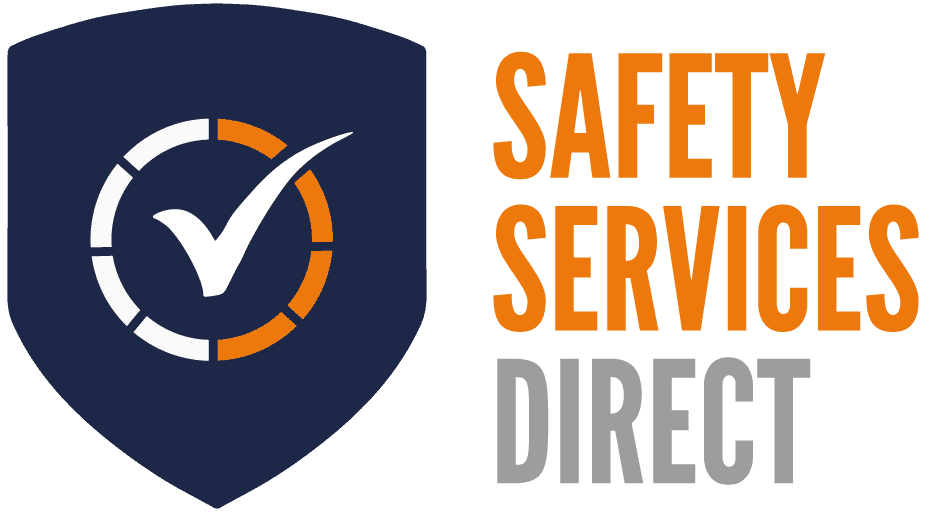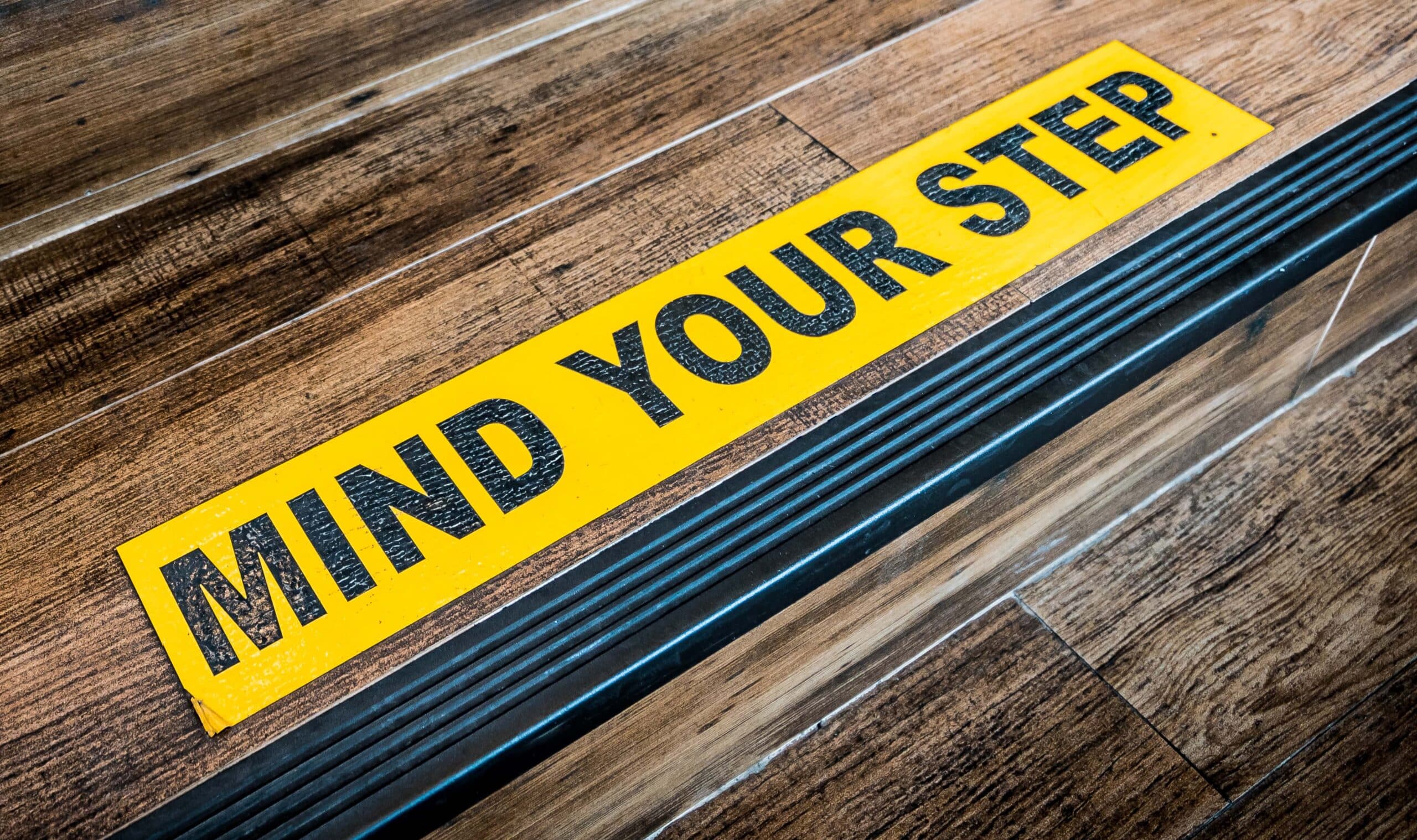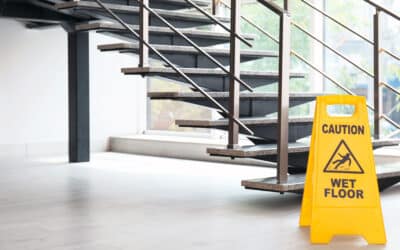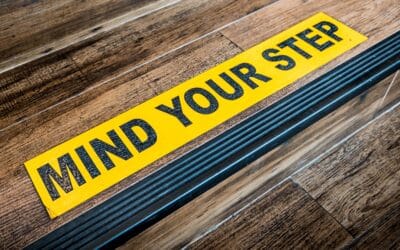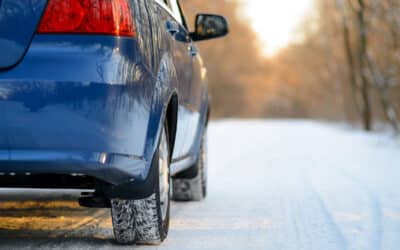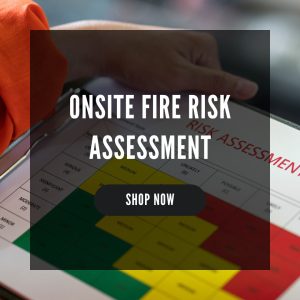Slips, trips and falls make up over a third of workplace accidents and are the most common workplace hazard. But what exactly do we mean when we say slips, trips and falls? More often than not, we use the terms “slip”, “trip”, and “fall” interchangeably. But there are a number of differences between the three.
A “slip” is typically caused by a wet or slippery surface or spilt items. A “trip” is caused by an obstacle of some kind causing you to stumble. And a “fall” often happens as a result of either a slip or a trip.
In terms of workplace safety, it’s important that you are not only able to identify the differences between slips, trips, and falls but that you – and your workforce – are suitably trained so as to prevent as many instances of these happening as possible. Here, we take a closer look at the differences and how online training can educate your workforce to avoid accidents like these.
What is a “slip”?
When someone slips, it has more often than not been caused by something wet or slippery, such as water or ice on the floor. Slips can also be caused by items spilt on the floor, such as beads or other round objects.
A loss of friction with the surface can cause the foot to slip outwards and upwards, sometimes resulting in a fall. Common injuries from slips include those to the back of the head, neck, back, and hip.
Slipping can be prevented by ensuring that all floors are clean and dry. Where this is not always possible, in instances of a leak, for example, “Wet Floor” signage can go a long way to alerting people of the potential hazard.
What is a “trip”?
Tripping is typically caused by fixed objects, uneven or broken surfaces, or obstacles in the path. In a workplace, items left on the floor, poorly lit spaces hiding obstructions, or even loose carpets and rugs can all be a trip hazard.
When a moving foot meets with resistance in the form of one such obstacle or object, forward and outward momentum can cause a fall. Some of the common injuries people may sustain from tripping and falling include:
- injuries or abrasions to the front of the head or face
- fractures of the hands and/or arms
- injuries to the elbow and knee.
What is a “fall”?
A fall is an event where a person unexpectedly comes to rest on the ground or other lower level, such as a floor or a staircase. Falls can happen for a variety of reasons, including slips and trips, as well as from heights or while working on elevated surfaces.
Falls are a common cause of injuries such as minor bruises and cuts, broken bones or head trauma. Preventing falls is important, and understanding the different types of falls, including slips and trips, can help individuals and organizations take steps to minimise the risk of accidents and injuries.
How can you prevent slips, trips and falls?
It’s easy to prevent slips, trips and falls by ensuring that the environment is well-maintained, with no hazards such as uneven surfaces, loose wires or clutter that can cause accidents. Also, ensure walkways are free from obstructions, pathways are clearly lit, and any uneven or broken surfaces are cordoned off or clearly marked.
Another important preventive measure is to provide adequate training for employees and individuals to identify and avoid potential hazards. Online slip, trip, and fall training can be a highly effective solution in this regard, as it enables people to learn at their own pace, anytime and anywhere.
Online training can cover a wide range of topics, including identifying common hazards, best practices for preventing slips and trips, and proper use of safety equipment and more. Additionally, the courses can help individuals develop critical thinking skills, which can help them identify potential hazards and prevent accidents in the future.
Do you understand the difference between slips, trips and falls?
Understanding the differences between slips, trips, and falls is crucial for preventing workplace accidents and injuries. Each type of hazard has its own causes, and taking steps to mitigate those causes is key to reducing the risk of accidents.
By providing adequate training and ensuring the environment is well-maintained, organisations can create a safer workplace for their employees. Ultimately, preventing slips, trips, and falls requires a collective effort and commitment to safety from everyone in the workplace.
To find out more about our slip, trip, and fall training course or any of our other online training, contact us today at 01237 477 931 or info@safetyservicesdirect.com.
